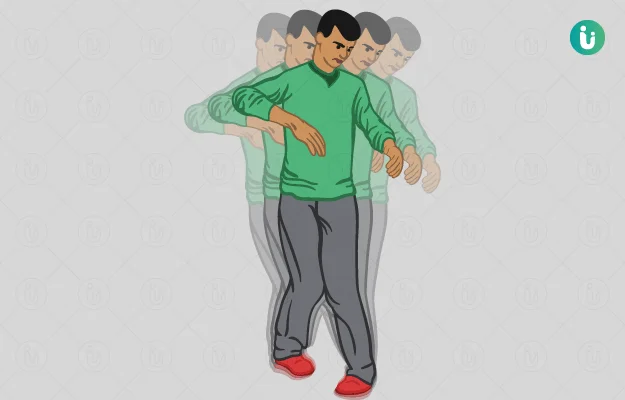Subscapularis Muscle Pain
The subscapularis is one of the four muscles of the rotator cuff, located on the front of the shoulder blade (scapula). It plays a key role in shoulder movement, particularly internal rotation and stabilization of the joint. Pain in the subscapularis can result from overuse, poor posture, repetitive movements, or acute injury, such as a…










